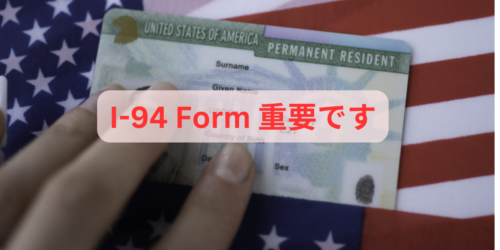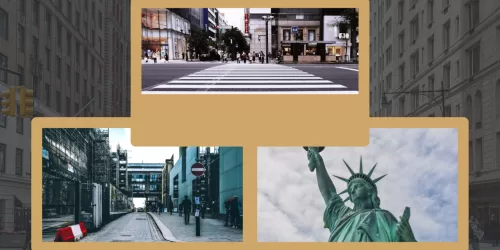How to Apply for an O-1B Artist Visa: A Complete Guide for Musicians & Performers

How to Apply for an O-1B Artist Visa: A Pianist’s Real-Life Experience
The O-1 visa—often called the “extraordinary ability visa”—is a popular option for artists, musicians, performers, and other professionals aiming to work in the U.S. It comes in several categories, and in this article, I’ll focus on the O-1B visa, which I personally applied for and successfully received as a pianist and piano teacher. I’ll also briefly touch on the O-1A visa, which I helped a friend obtain.
What Is the Artist Visa (O-1)?
The O-1 visa is designed for individuals with extraordinary ability in their field. It is divided into several categories:
- O-1A: For individuals in science, education, business, or athletics
- O-1B: For individuals with extraordinary ability in the arts or motion picture/TV industry
There are also support and family visas related to O-1:
- O-2: For essential assistants of O-1 holders
- O-3: For the spouse and children of O-1 holders
In this post, we’ll go deeper into the O-1A and O-1B categories.
O-1A Visa Overview
The O-1A is for professionals with exceptional skills in science, business, education, or athletics. If that’s your field, I recommend consulting a detailed guide (or an immigration attorney) to determine eligibility and gather required evidence.
My O-1B Visa Application Story
As a pianist and piano teacher, I applied for the O-1B visa and was successfully approved. It’s important to present a well-rounded application that highlights both educational qualifications and artistic achievements.
Educational Documentation (approx. 15%)
- High student success rate in piano certification exams
- Sponsor’s cover letter highlighting my teaching credentials
- Certificates of excellence from reputable institutions (e.g., a music school in Manhattan)
Artistic Documentation (approx. 75%)
- Records of concert performances
- Published videos of live or online performances
- Original compositions or recordings used in films
- Articles and press coverage in local New York newspapers
Building this portfolio takes time, so I recommend starting early and documenting every milestone.
Key Takeaway: Know Your Category
Success starts with knowing which category you fall under. In my case, the O-1B visa fit perfectly. If you’re unsure about your category or need help gathering the proper documentation, consulting an immigration expert or mentor in your field can be very helpful.
Want to Learn More About Artist Visas?
Check out my complete guide to artist visas, including resources, document templates, and success stories.


